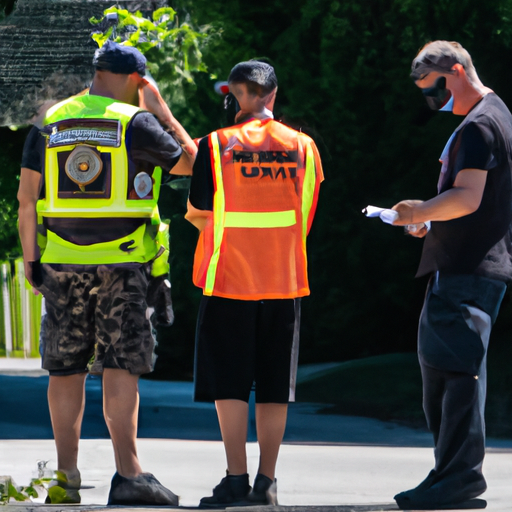The Escalating Opioid Crisis: A Close Look at the Grey-Bruce Situation this July
Canada’s Deep-Rooted Opioid Crisis
The opioid crisis continues to escalate in Canada, with Grey-Bruce witnessing a surge in drug poisonings in July. With nearly thirty recorded cases, authorities remain worried about the rising numbers, highlighting the grave effects of widespread opioid misuse. The ongoing opioid crisis is presenting an unprecedented challenge to local authorities who are banking on increased public awareness as one step towards mitigating this issue.
The Grey-Bruce Scenario
In the rural communities of Grey-Bruce, July was marred by an increase in drug poisonings, as recorded by the region’s Health Unit. Unfortunately, the trend does not seem to be abating, escalating the community’s health crisis and demanding stringent measures. The staggering numbers are reflective of the severity of the opioid crisis that the nation faces.
Prolonged Effects
The opioid crisis’s effects extend beyond just health and well-being. Related issues such as increased homelessness, rising crime rates, and the strain on the health care system are crippling these communities. The crisis has also sparked personal tragedies, driving individuals and families into vicious cycles of addiction, unemployment, and poverty.
Collective Action
Driven by fallout of the rampant opioid misuse, numerous areas across the country are looking to take collective action. This includes a proposed opioid class action targeted at several opioid manufacturers. By seeking compensation for the public funds spent on dealing with the opioid crisis, communities like Grey-Bruce hope to send a clear message to drug companies about their accountability.
Key Points of Grey-Bruce’s July’s Incident
- Nearly 30 drug poisoning cases recorded in Grey-Bruce in July.
- This number represents the detrimental effects of the opioid crisis on rural communities.
- Beyond health implications, opioid misuse has led to rising crime, homelessness, and overwhelmed public health resources.
- Community leaders and residents are considering an opioid class action against drug manufacturers to seek compensation for public funds spent on the crisis.
Strategic Measures: Naloxone and Public Awareness
One significant mitigative strategy has been the distribution of life-saving naloxone kits. As an antidote for opioids, naloxone serves as a critical tool in preventing fatal overdoses. A significant development in July was the proposal to make naloxone available over the counter, a move that marks a step forward in opioid crisis management.
Simultaneously, a greater emphasis is being placed on public awareness. Community leaders are working towards improving general knowledge about opioids, the signs of an overdose, and the need to immediately seek help. This approach aims to reduce the stigma associated with recovery and encourages public engagement in addressing the opioid crisis.
In Conclusion
The opioid crisis gripping communities like Grey-Bruce is a stark reminder of the destructive power of these drugs. Recorded drug poisonings in July serve as proof that we’re still in the thick of this crisis. However, the battle is far from over. Concrete steps such as magnifying public awareness garners hope in these difficult times.
Furthermore, the distribution of Naloxone and proposed legal actions demand accountability and present tactics to combat the opioid crisis’s domino effect. As we refocus our efforts, the central objective remains to support and protect those impacted by the opioid crisis.
